Sign up for The Wild
Weāll help you find the best places to hike, bike and run, as well as the perfect silent spots for meditation and yoga.
You may occasionally receive promotional content from the Los Angeles Times.
Few things are more annoying than arriving in a country for a vacation and discovering you canāt plug in your devices and need to seek out a hardware store for an adapter.
Although many hotels offer USB charging outlets, travelers canāt count on that. If you accidentally leave your converter in one hotel and arrive at the next converterless, donāt hesitate to ask the front-desk staff if you can borrow a charger or converter that another guest left behind.
If the country youāre visiting operates on 220-240 volts, Matthew Price, owner of a Mr. Electric (mrelectric.com) franchise, recommends packing a converter with surge protection, because it acts ālike a sponge ā if any voltage spikes, it absorbs it and takes it safely back to ground.ā (Mr. Electric is part of the Neighborly platform (getneighborly.com), which helps connect consumers to home-service providers.)
Conrad McGregorās worldstandards.eu website, the source of this chart, notes that the voltage in most countries is between 220 and 240 volts (50 or 60 Hz) rather than between 100 and 127 volts, on which the U.S. operates. Worldstandards.eu also lists countries (ranging from Afghanistan to Vatican City) omitted here.
āFor travelers, itās about safety,ā Price said. āThe cool thing about 100-240 volts is that most smartphones are designed to charge at either 110 or 220 volts.ā
Also, the International Electrotechnical Commissionās website is another resource. Hereās a listing of plugs and sockets and some of the places where they are used.
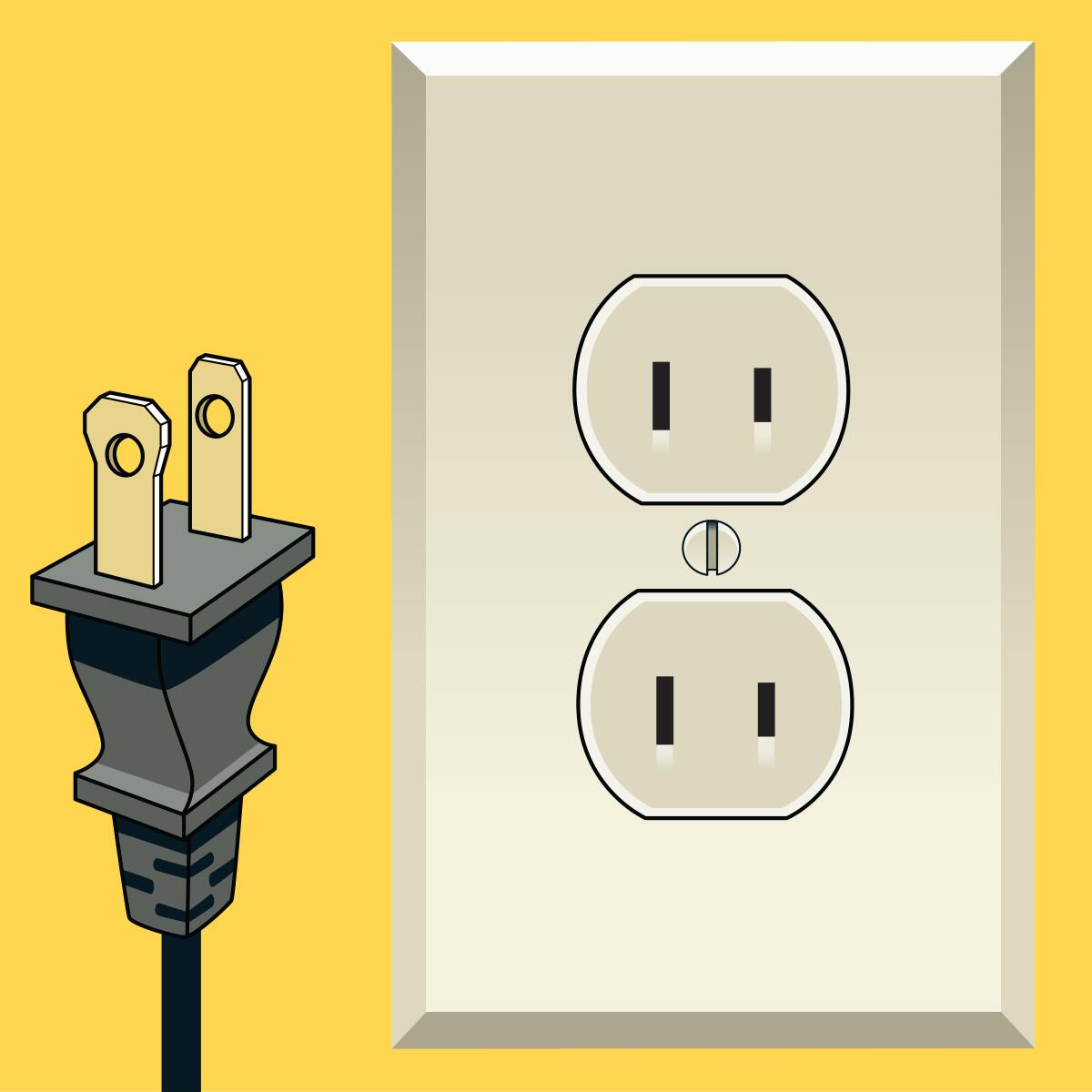
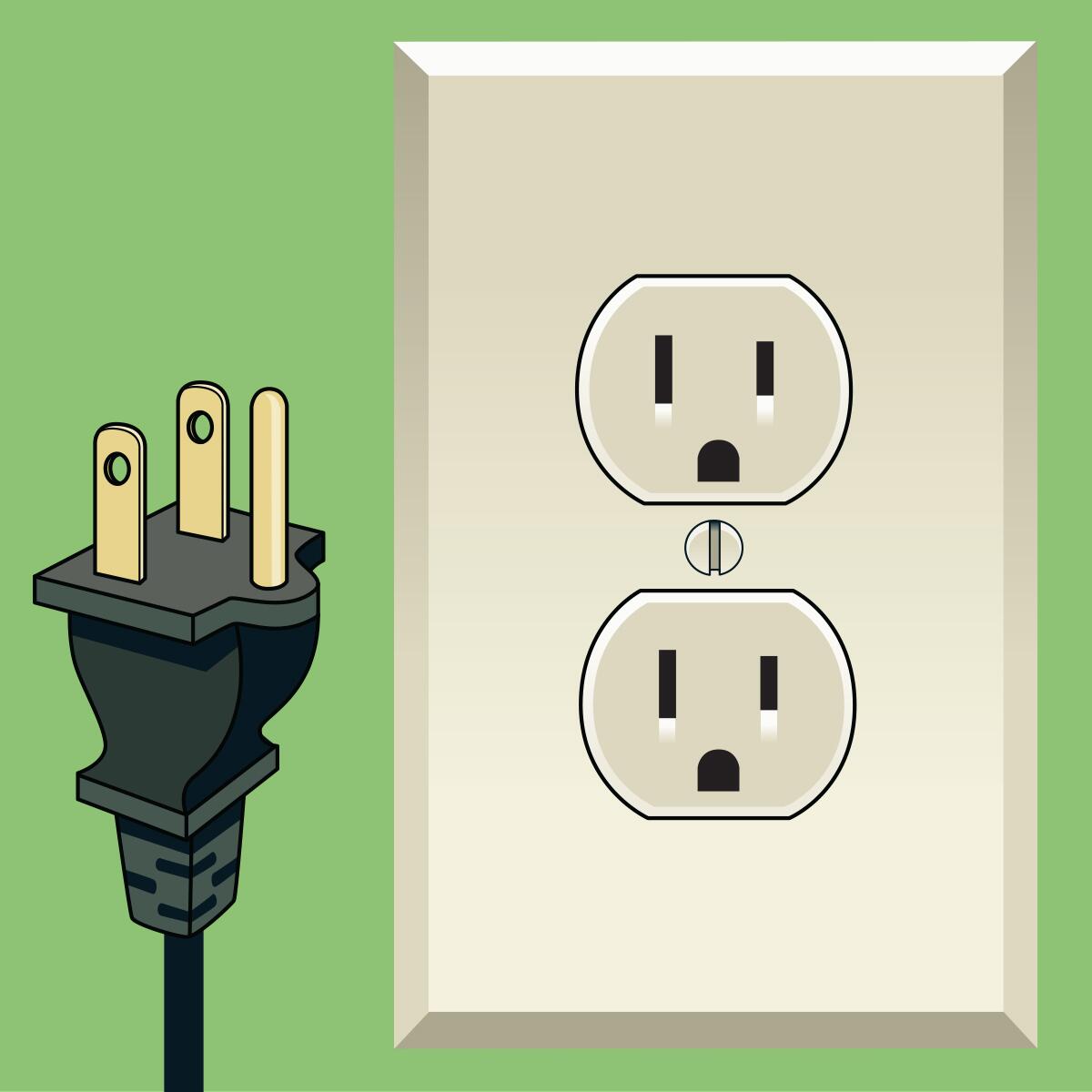
Taxis, Lyft and Uber are banned from curbside pickups at LAX, replaced by LAX-it, a new pickup zone, near Terminal 1. Hereās what you need to know.
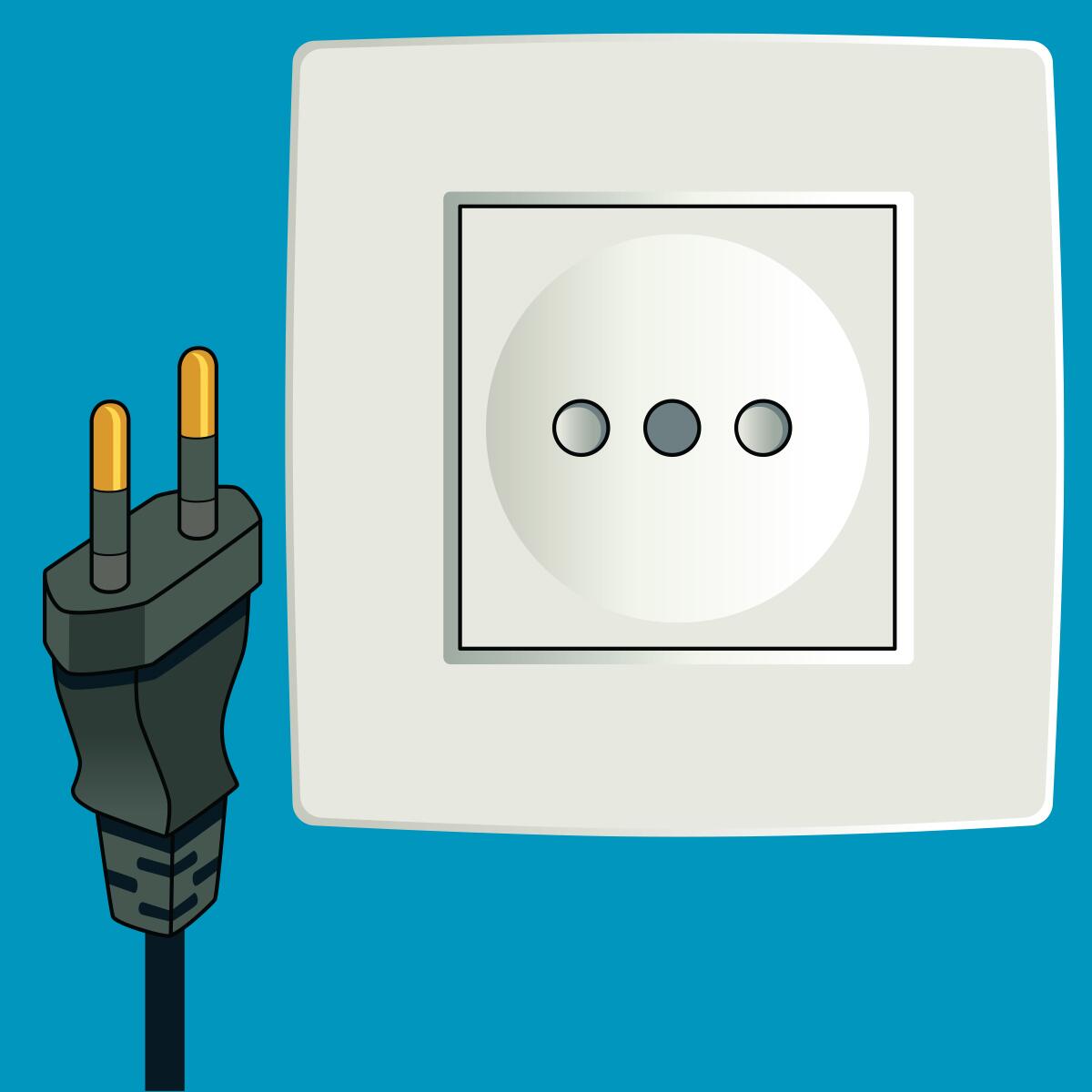
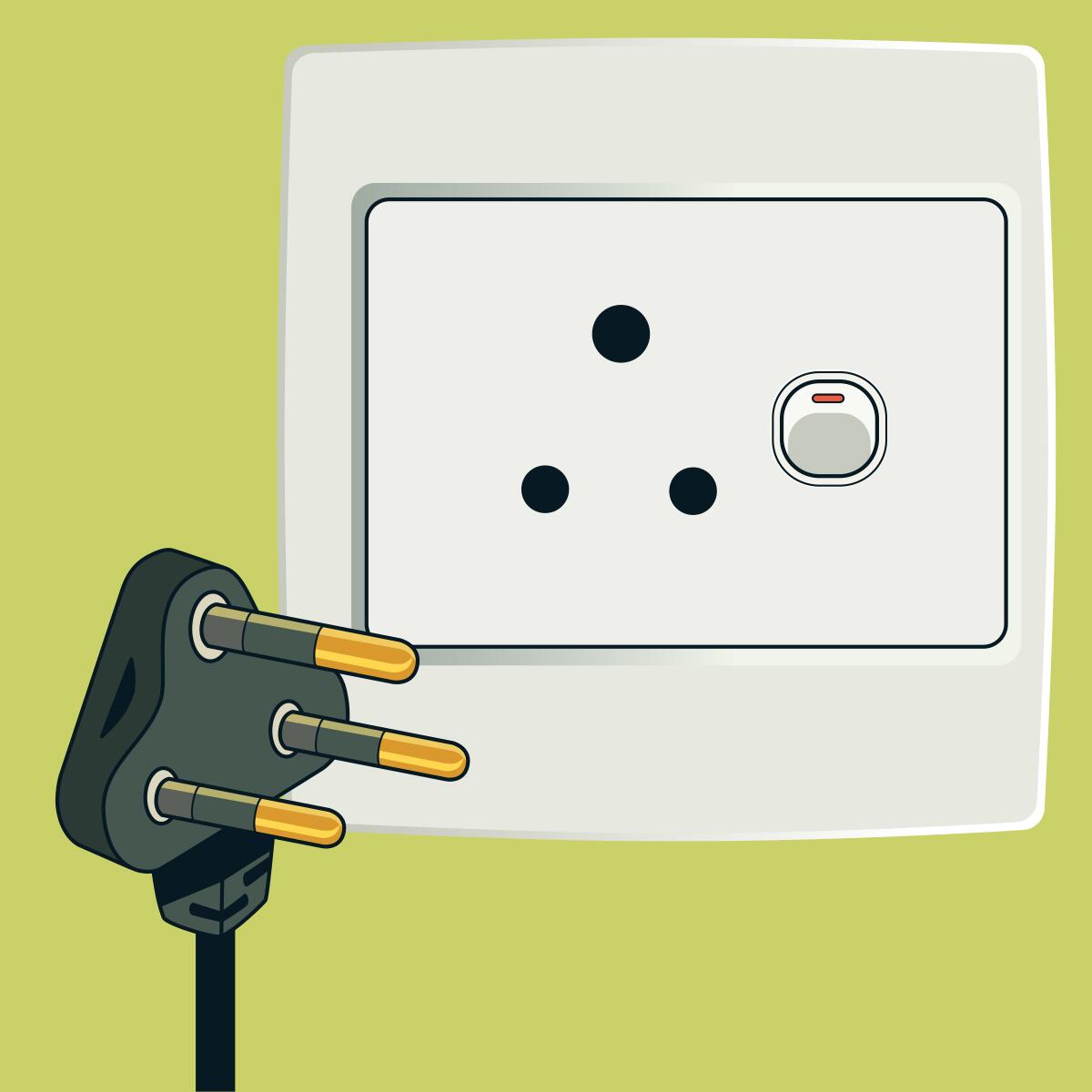
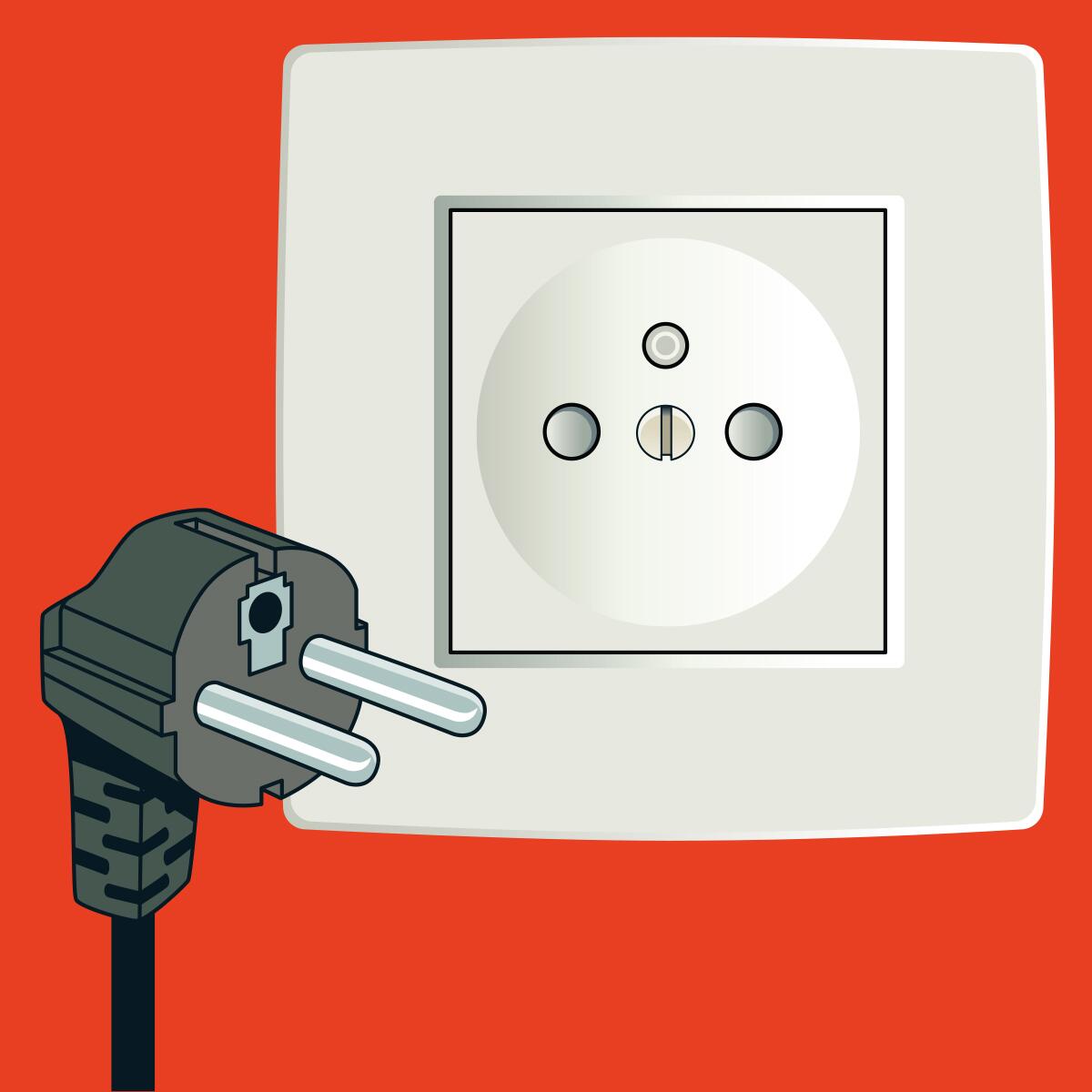
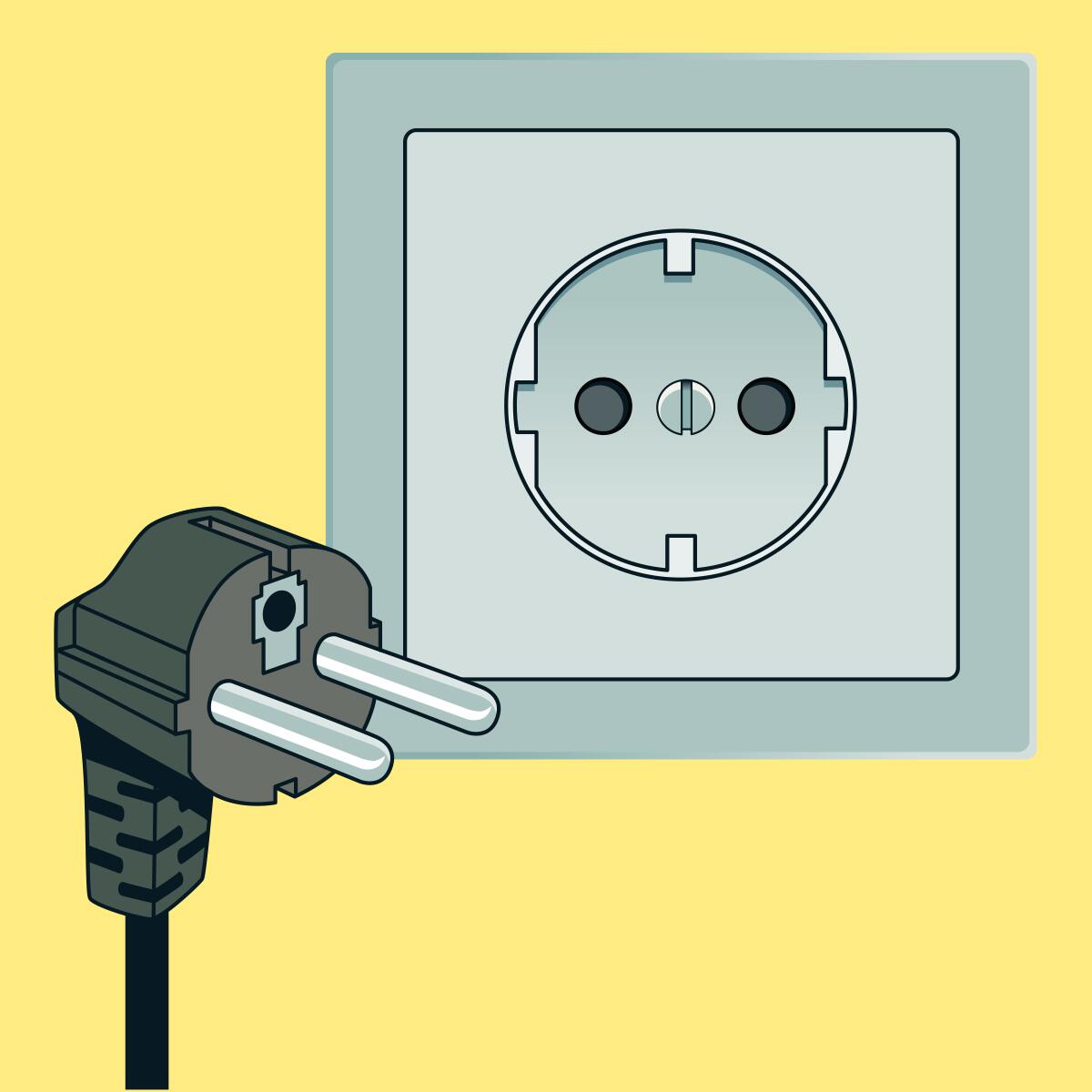
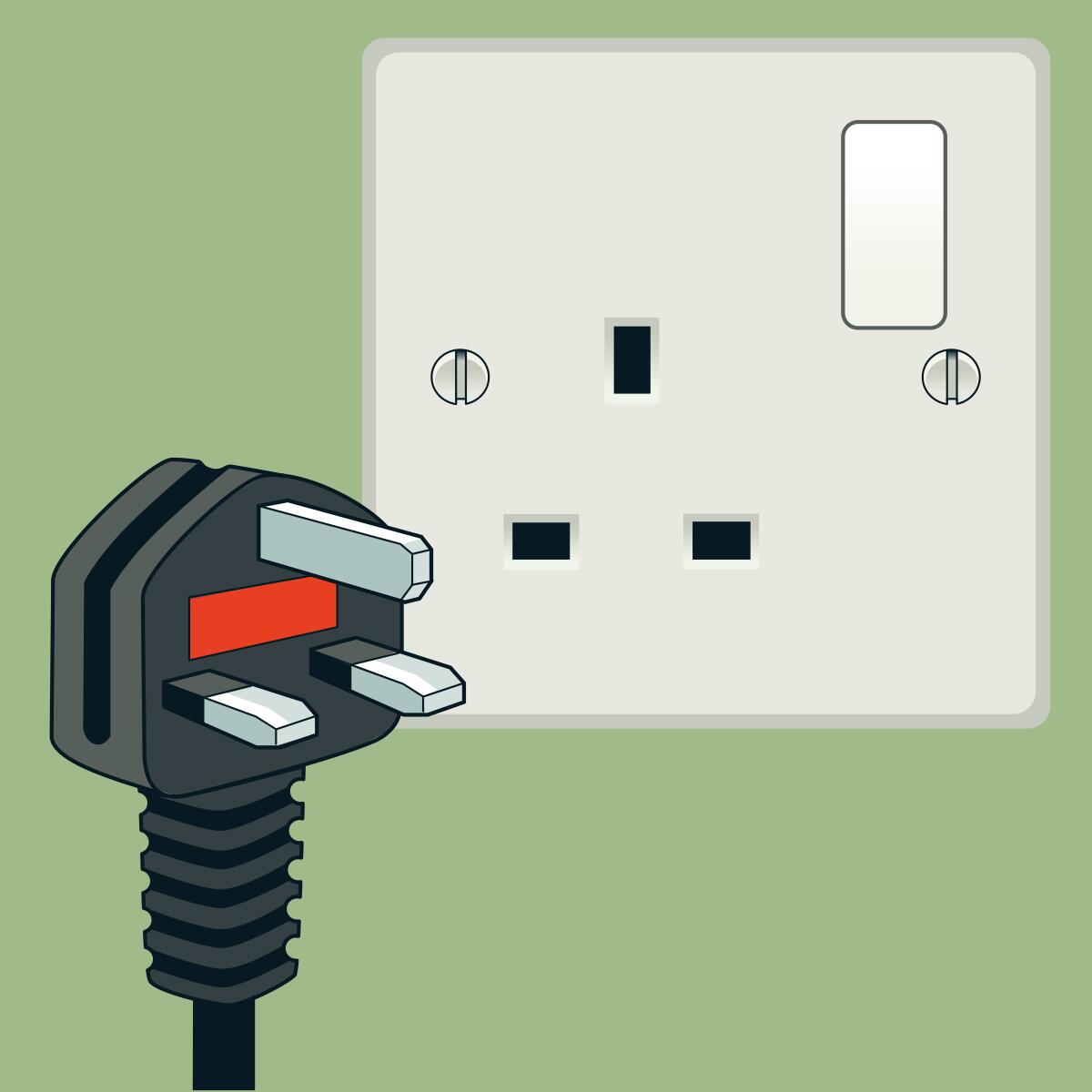
The chant of āWhat about the riots?ā from people in Los Angeles fell on my deaf ears.
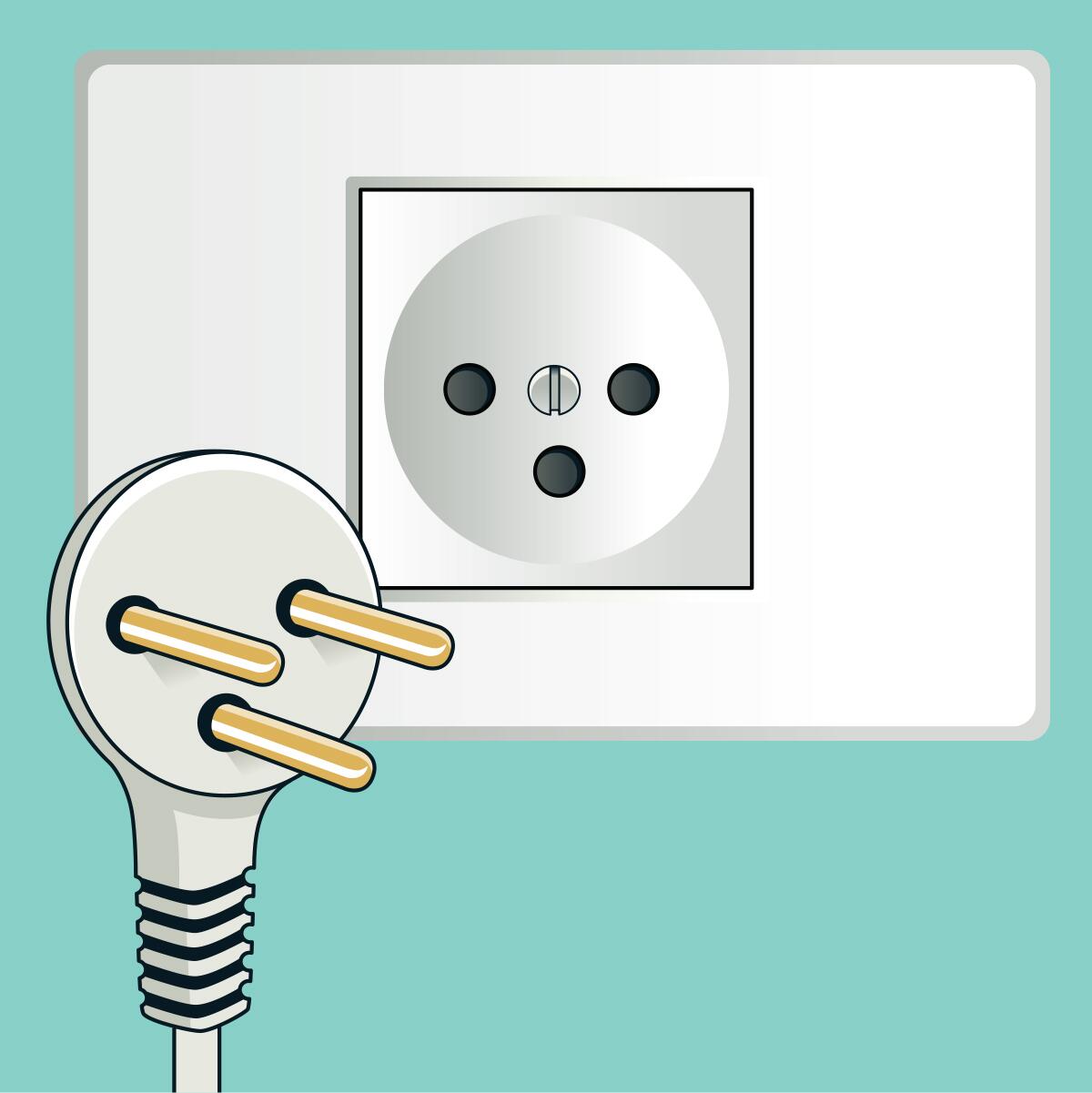
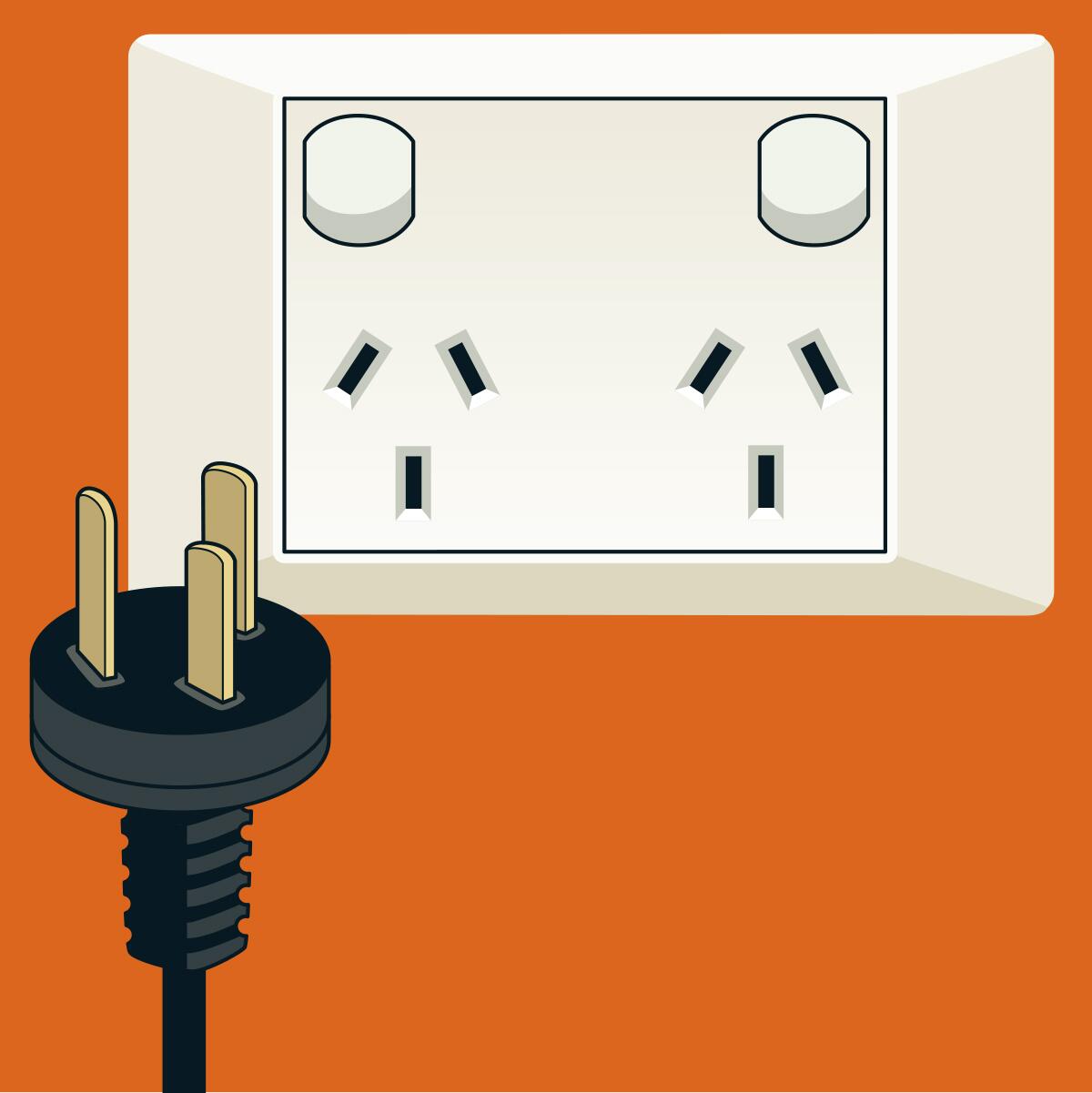
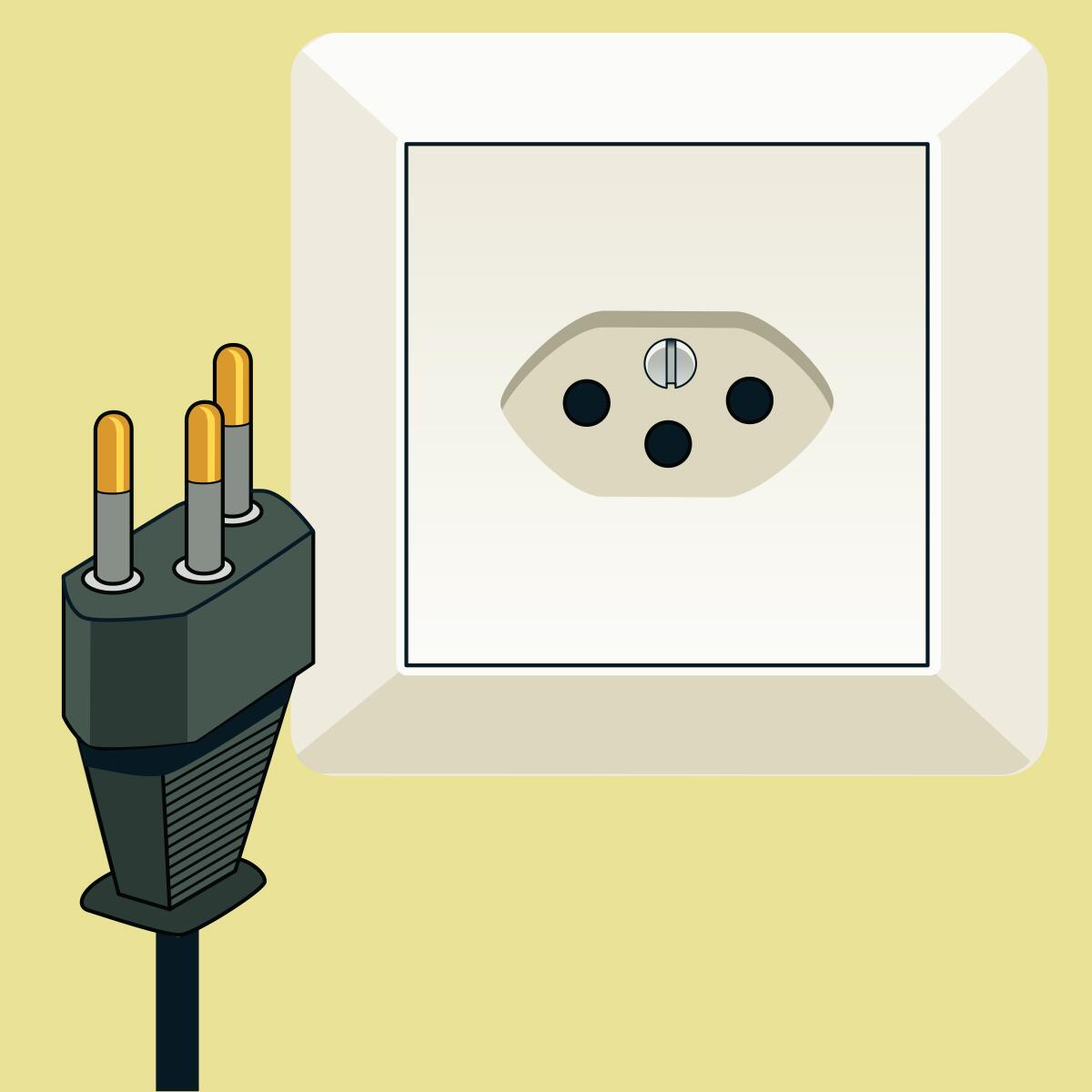
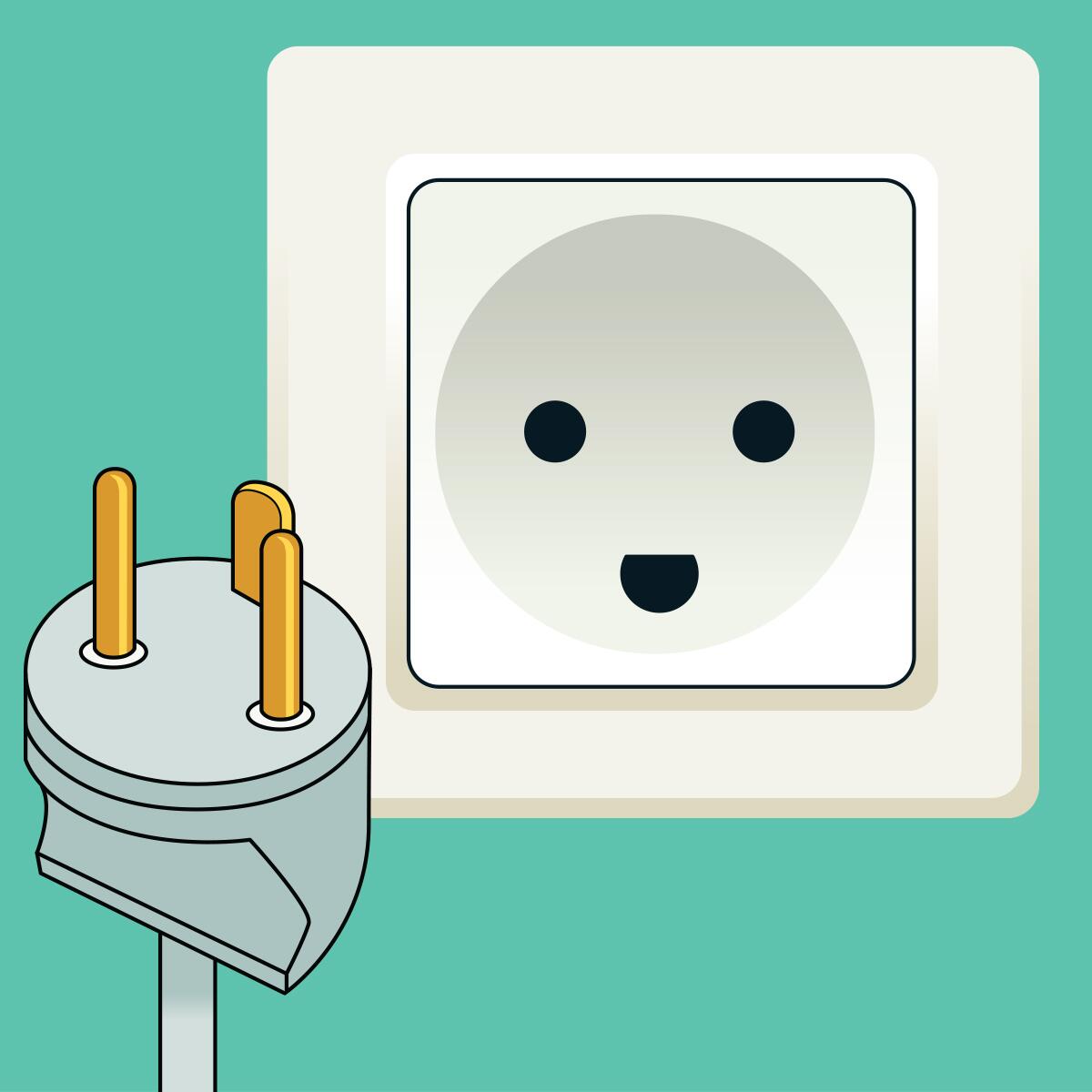
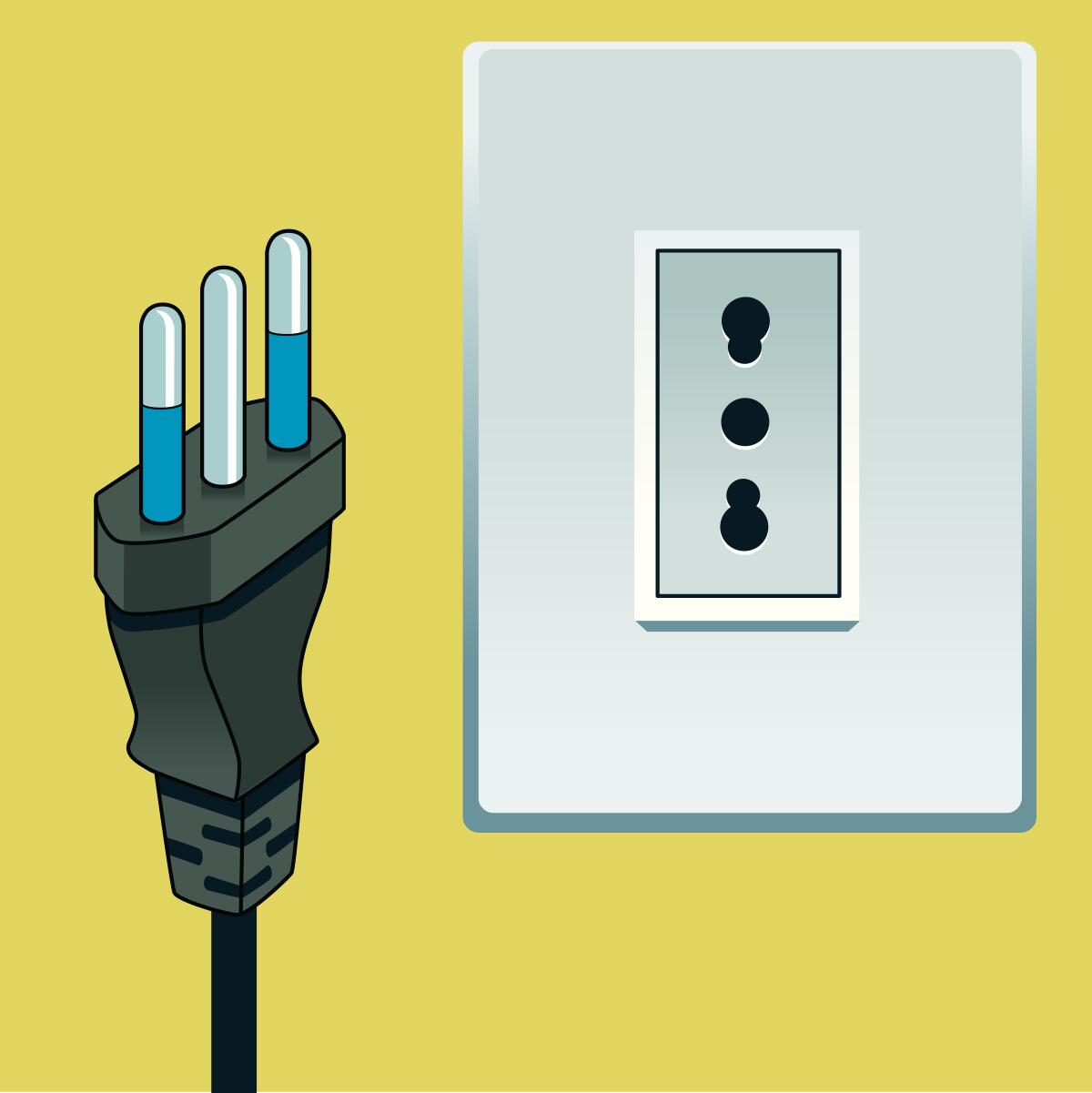
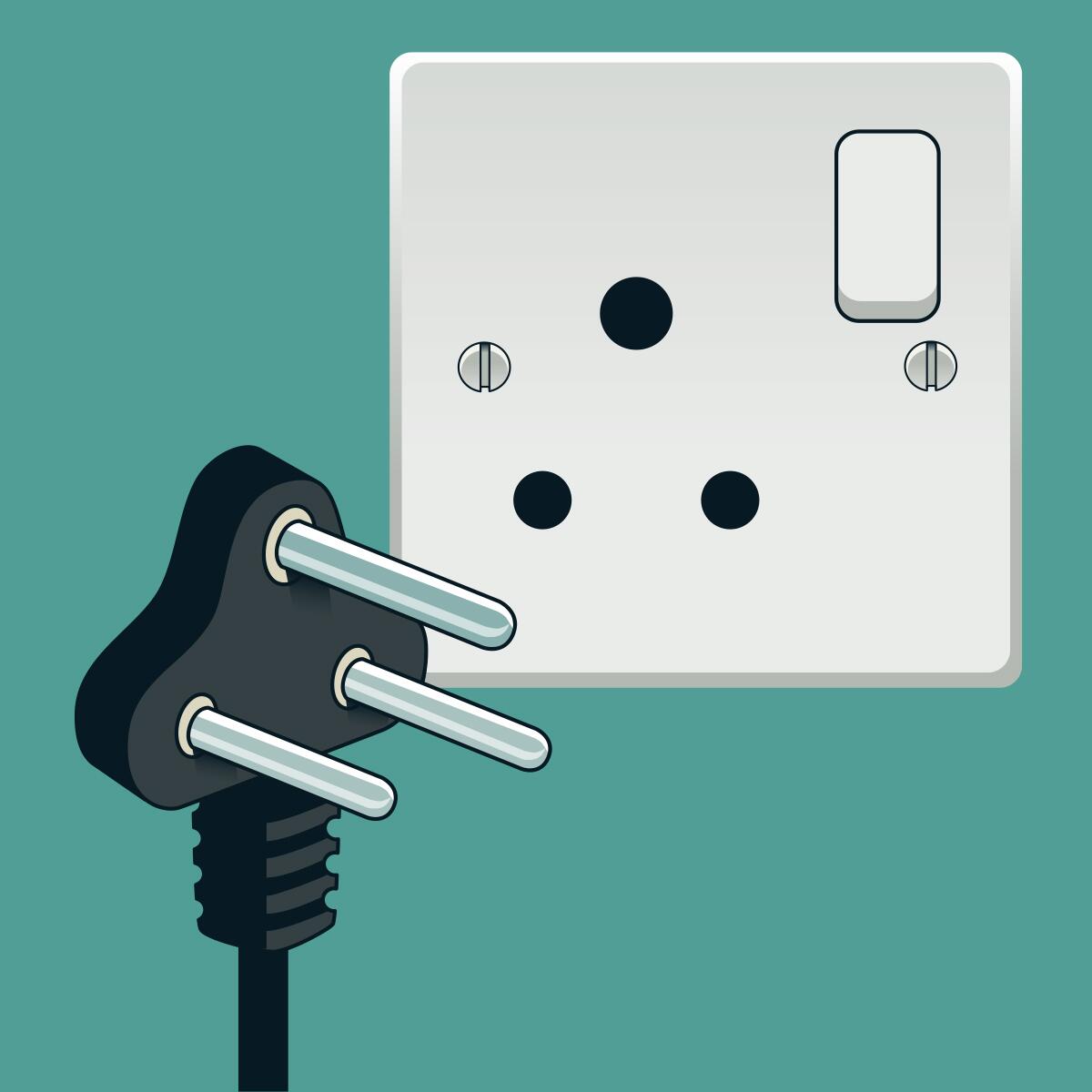
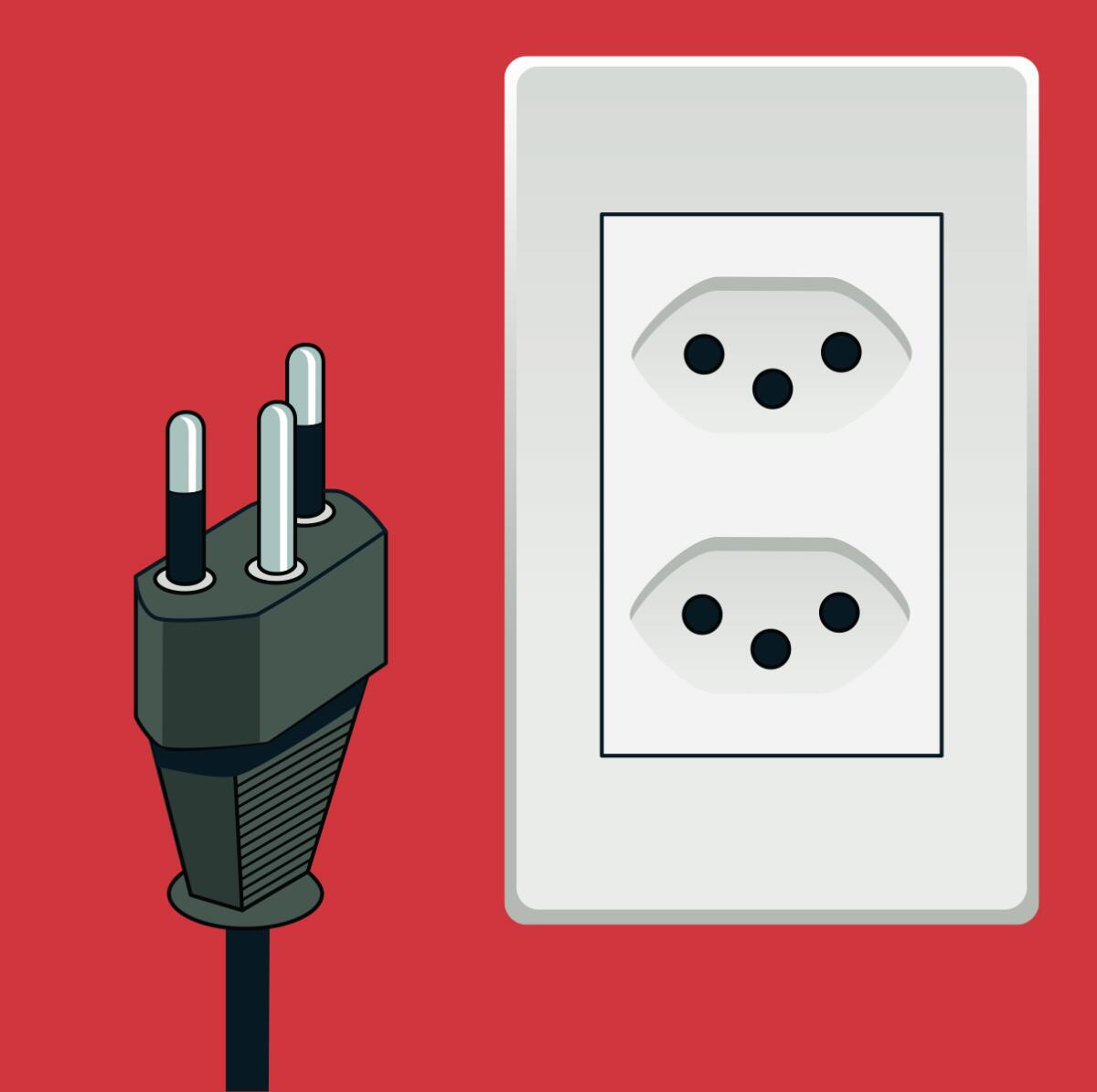
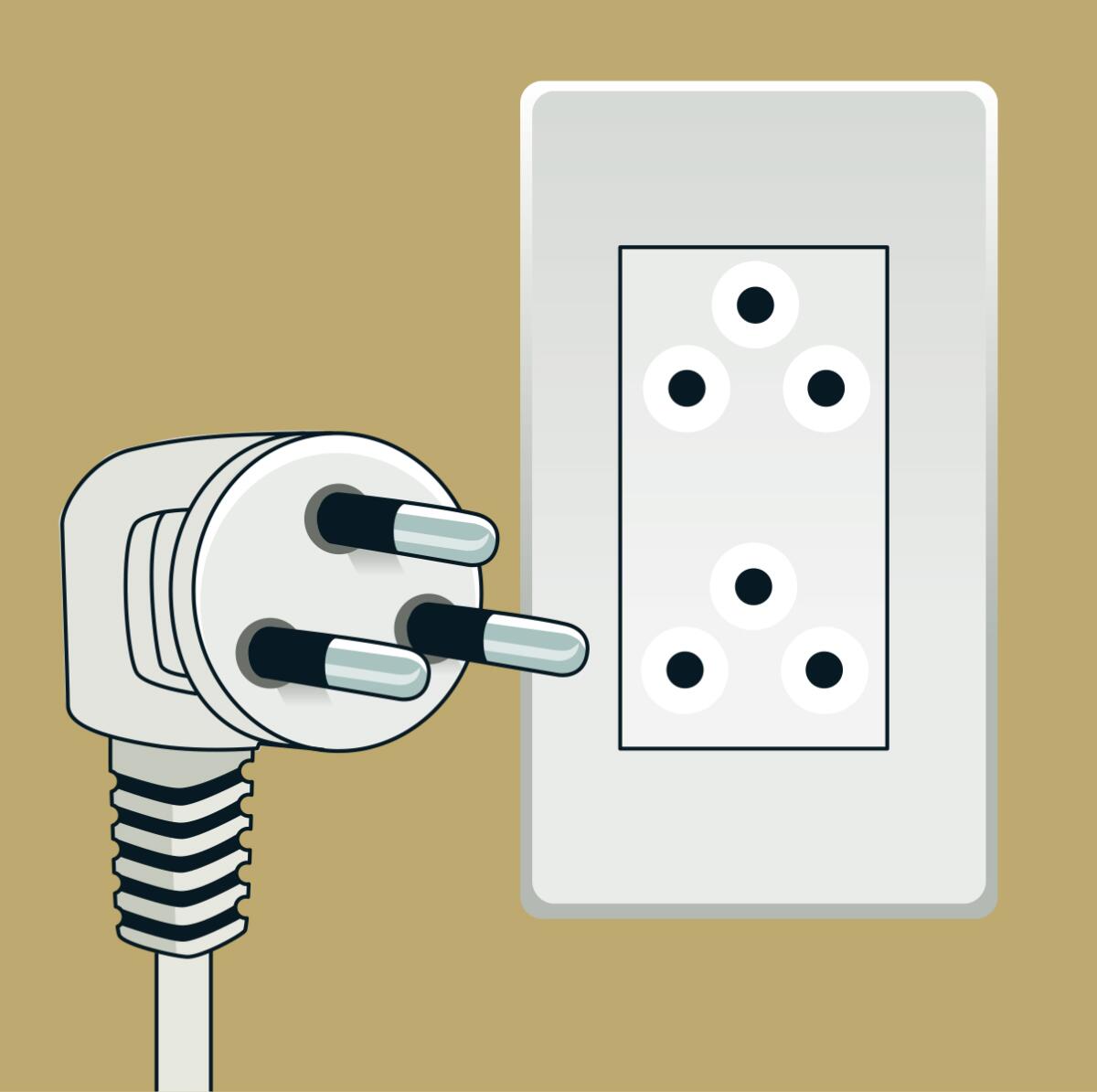
Sign up for The Wild
Weāll help you find the best places to hike, bike and run, as well as the perfect silent spots for meditation and yoga.
You may occasionally receive promotional content from the Los Angeles Times.